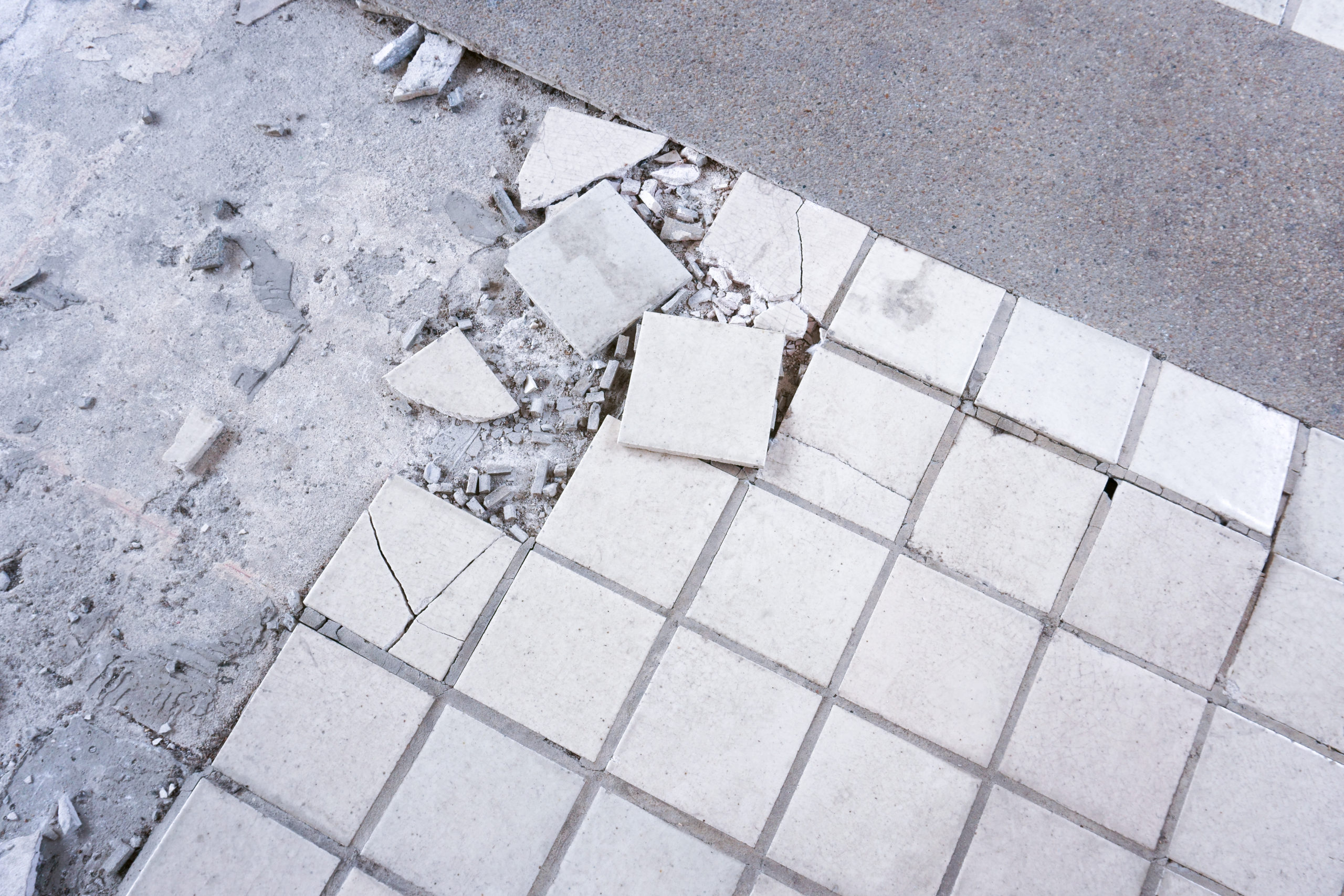
When your property is battered by hurricane-force winds, your priorities rapidly change — especially if you’ve sustained extensive damage.
But rebuilding and repairing are deserving of more than just your attention. They also deserve your caution, thanks to the hazard that is asbestos.
Here’s what you need to know:
Natural Disaster, Unnatural Damage
If a property sustains hurricane damage, there is a fair chance that the individuals who enter the building will be vulnerable to asbestos exposure.
Windborne debris, for example, is capable of tearing through walls and ceilings. In these circumstances, the innermost layers of insulation, drywall, and other materials will become broken and exposed. This may reveal friable asbestos-containing materials (ACM).
But it’s not just wind. Flooding may also erode surfaces in and around the property.
That being said, please be aware that the most at-risk individuals for exposure are not the residents or property owners; rather, it is the first responders and remediators.
“Anyone working on demolition, removal, and cleanup of building debris needs to be aware of any asbestos and to handle asbestos materials properly,” the Environmental Protection Agency (EPA) explains.
Hunting for Hazards
Asbestos fibers may be found throughout the entirety of a residential or commercial building.
This is because “a large number of homes and commercial buildings constructed prior to the 1980s were built with asbestos materials,” the Mesothelioma Center explains. “But once ripped, broken, burned, blown or washed away, the products release toxic asbestos fibers into the air.”
The U.S. Consumer Production Safety Commission (CPSC) reports that asbestos fibers are commonly found in the following:
- Insulation
- Textured paints
- Patching materials
- Soundproofing materials
- Roofing materials
- Resilient floor tiles
- Around pipes, plumbing, and ductwork
- And more
Proceeding with the Professionals
Do you believe that your property may have sustained damage following Hurricane Ian? Then don’t forget: You must adhere to the Florida Administrative Code’s asbestos removal program, per the Florida Department of Environmental Protection.
If you are a remediator or other on-site worker, you are also subject to these stipulations.
And the first step to take in ensuring that you remove asbestos properly is to hire a certified asbestos assessor.
Thankfully, the locally-trusted Luce Air Quality team is licensed and certified to perform these tests. We will not only determine whether or not asbestos is present in the relevant damaged materials, but we will also locate and identify the asbestos, providing you with the answers you need in one comprehensive report.
Don’t wait to be overcome by a natural disaster. Instead, rely on your indoor environmental experts.
To learn more about our services or to schedule your asbestos assessment today, contact us by calling (904) 803-1014 or emailing info@luceairquality.com!


